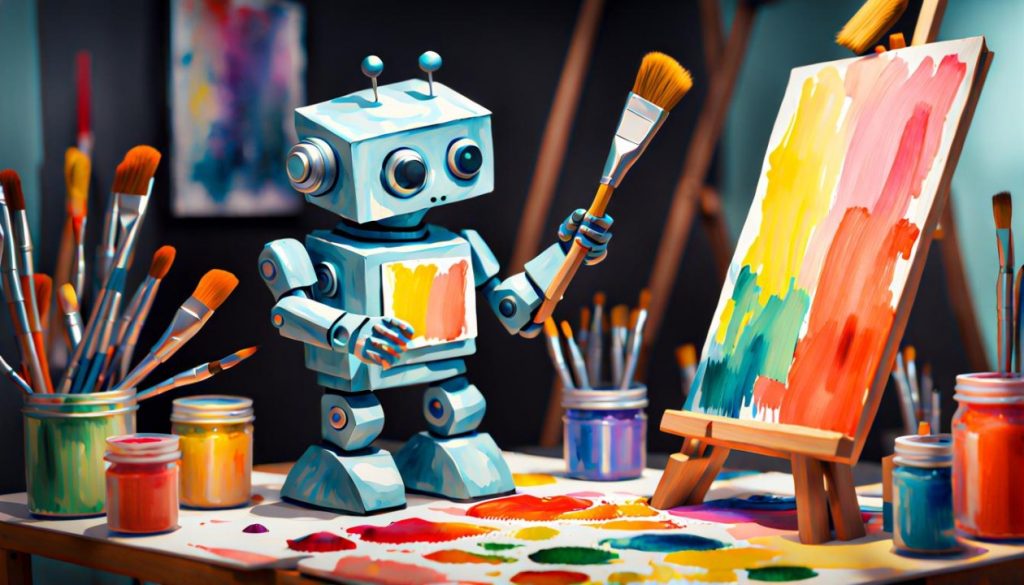AI Meets Imagination: Crafting Art and Characters with Technology
Imagine a world where your wildest artistic visions and character concepts can come to life with just a few clicks. Welcome to the fascinating intersection of artificial intelligence and creativity. This convergence is not only transforming how we perceive art, but also how we create it. AI is no longer a mere tool for automation; it is now a partner in the artistic process, enabling artists and enthusiasts to explore new realms of creativity.
The Art of AI: Redefining Creativity
Artificial intelligence is breaking new ground in the art world, pushing the boundaries of what is possible. AI algorithms are now capable of generating paintings, sculptures, and other forms of art that rival human creations. These AI-generated artworks are not just imitations; they often possess unique styles and characteristics that set them apart. The process begins with training the AI on a vast array of artistic styles and techniques, enabling it to understand and replicate complex patterns and structures. As a result, AI can produce original works that blend elements from various art forms, creating something entirely new and mesmerizing.
One of the most exciting developments in this field is the use of AI to generate characters for storytelling, gaming, and other creative projects. Through sophisticated neural networks and deep learning models, AI can create highly detailed and lifelike characters with intricate personalities and backstories. For instance, an ai girl generator can produce diverse female characters tailored to specific narrative needs, enhancing the storytelling experience.
Characters Brought to Life: The AI Revolution
The creation of characters is undergoing a significant transformation thanks to artificial intelligence. Traditionally, character design has been a labor-intensive process, requiring skilled artists to meticulously craft each detail. However, AI is changing this landscape by automating many aspects of character creation, from conceptualization to final rendering. This shift not only speeds up the process but also opens up new avenues for innovation. AI can analyze existing character designs and generate new ones that maintain consistency with a given style or theme, ensuring coherence across a project.

Moreover, AI’s ability to learn and adapt makes it a powerful tool for character development. By analyzing vast datasets of human behavior and psychology, AI can create characters with realistic and relatable traits. These characters can evolve dynamically based on interactions with users, offering a more immersive and personalized experience. In the gaming industry, for example, AI-generated characters can adapt their behavior and responses in real-time, creating a more engaging and lifelike experience for players.
Conclusion
The integration of artificial intelligence into the realms of art and character creation is revolutionizing how we approach creativity. From generating stunning artworks to crafting intricate characters, AI is enabling artists and creators to push the boundaries of their imagination. As technology continues to evolve, the possibilities for AI-assisted creativity are bound to expand, offering even more opportunities to explore and innovate.



